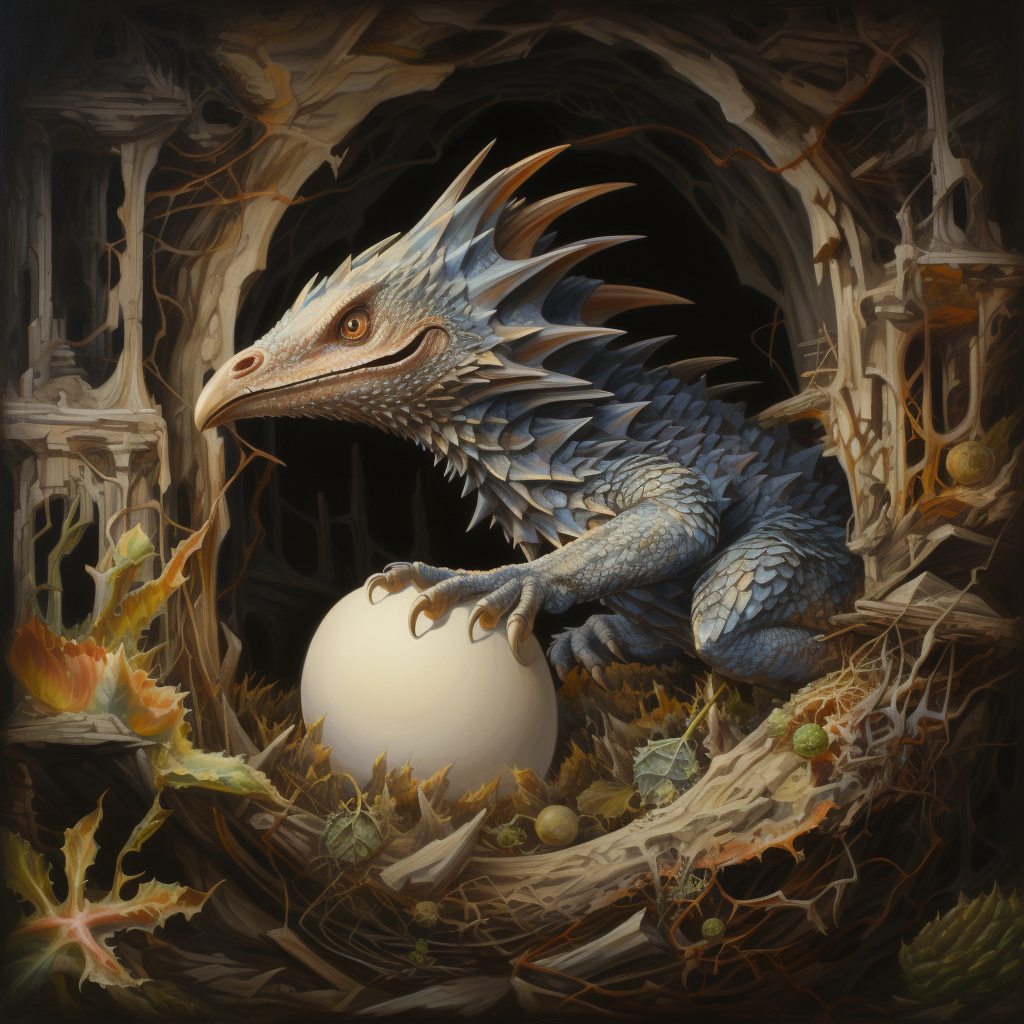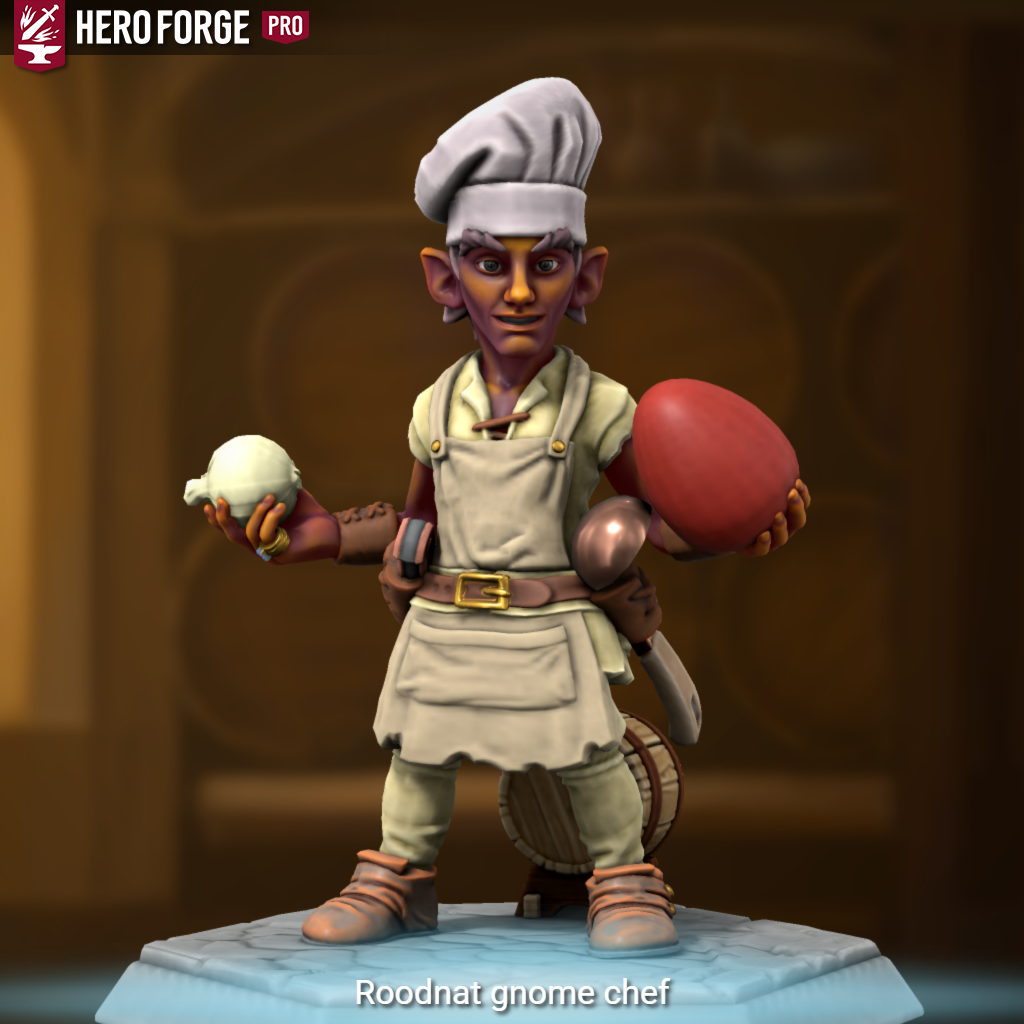bonecrackers
Despite their scary nickname, bonecrackers are not very formidable. They are perhaps the last sad remnant of the mighty dinosaurs that once roamed Scarterra.
They are the main, if not the only, domesticated animal that dragons kept in the First Age that were continuously kept throughout the Second Age and the Third Age.
Bonecrackers are not picky eaters, but they eat a lot. In many cases they are fed a large portion of their feed via table scraps. Most bonecrackers are owned as part of a large castle or a butcher shop in a large town or city because these places create a lot of viable scraps and they have large crowds of people nearby to feed them.
It is rare to have more than one or two bonecracker hens in one place. Even fewer Scarterrans keep a bonecracker rooster on hand all the time. Most male bonecrackers chicks are culled early, there are only about one adult rooster for every eight adult hens.
Professional traveling bonecracker keepers will often haul roosters around to fertilize bonecracker hens in a large geographic area.
Bonecrackers lay giant tasty eggs. They don't taste too different from chicken eggs, and they actually are a far less efficient means of producing food than keeping chickens but a great many Scarterrans are willing to pay extra for the novelty of serving their guests very large eggs at banquets. The adjacent picture of a chef holding an egg actually a relatively small bonecracker egg.
Basic Information
Dietary Needs and Habits
Bone crackers are truly omnivorous and can eat and digest almost any part of any plant or animal.
Their favorite food is bone marrow. Bone crackers got their name because of the aggressiveness the loud noisy way they will chomp on bones.
They have prodigious livers and can handle a great many ingested poisons and toxins with no effect or very minimal effect.
Additional Information
Domestication
Selective breeding made their claws smaller, their aggressiveness diminished, they lost their ability to fly (though can flap to make long hops), and they were bred to lay larger and more eggs.
Uses, Products & Exploitation
The eggs are edible and tasty, they taste very similar to chicken eggs.
Given that bonecrackers can eat and digest a lot of things considered poisonous to other creatures, this means that bone crackers tend to accumulate toxins over their lives.
The meat of the bonecrackers, especially older bonecrackers do not taste remotely like chicken. They cannot be consumed at all without magical purification, alchemical treatment or extremely thorough cooking (unless the person eating them has a dragon's amazing digestive tract). Even then, the meat doesn't taste very good. The meat of dead bonecrackers is often simply tossed away (or even fed to younger bonecrackers).
Their droppings make adequate fertilizer for most crops.
Geographic Origin and Distribution
Bonecrackers can be found through Scarterra, but they dragon's share of them are in the land of Swynfaredia. Since the Swynfaredian nobles heard that dragons liked to eat bone cracker eggs, that's reason enough that they should eat them too.
Civilization and Culture
History
The bonecrackers ancestors were pterodactyl-like flying aggressive scavengers but thousands of years of selective breeding has domesticated them making them flightless, fat, and docile.
The dragons domesticate bone crackers as living garbage disposals and a source of fertilizer, but most important of all, they frequently lay large tasty eggs. At the peak of the First Age bonecrackers were kept in almost every dragon settlement throughout all of Scarterra.
During the First Unmaking, they were one of the few species that dragons tried to save besides themselves. During the Second Age, some dragons continued to keep farming bonecrackers for their eggs and many elves took up the practice.
A lot of bonecrackers died during the Second Unmaking, but enough survived that with careful management, the species was able to recover in the Third Age though not in nearly the same numbers they had before.
Genetic Ancestor(s)
Lifespan
30 years
Geographic Distribution
Related Ethnicities
Related Materials



Comments